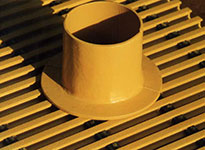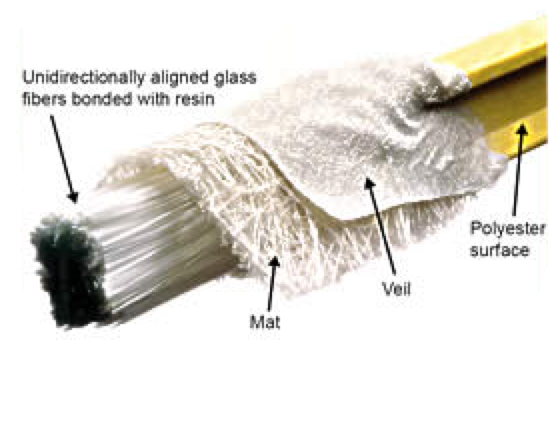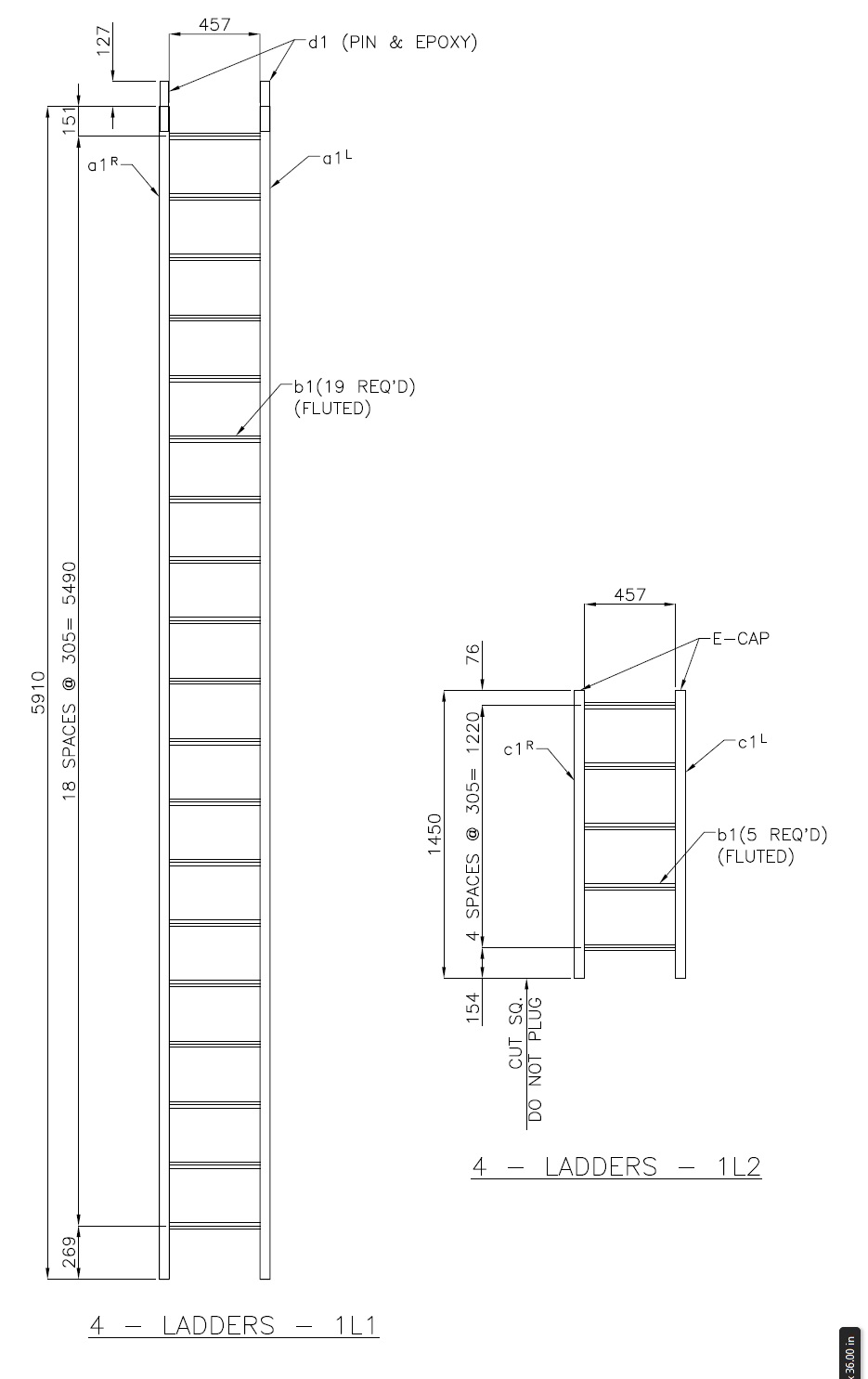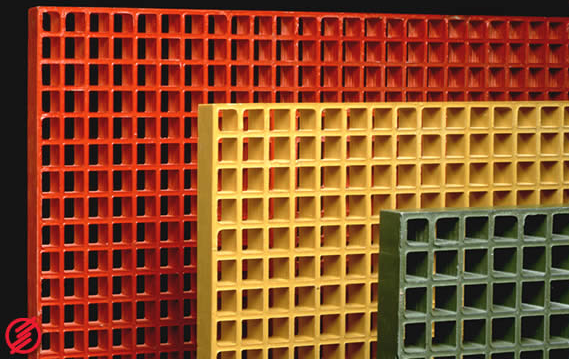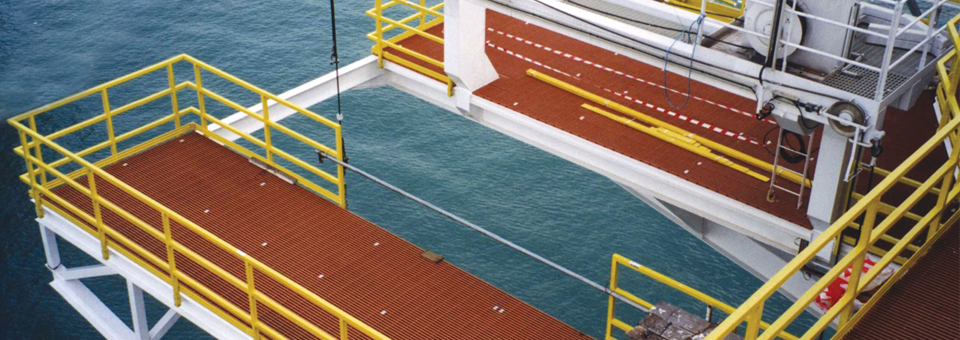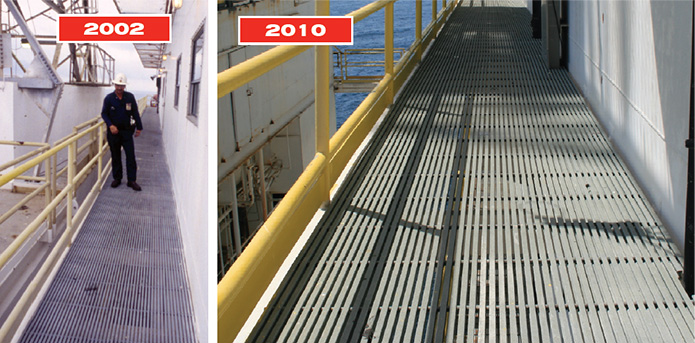The Basics of FRP
There are many reasons to choose fiberglass reinforced polymer (FRP) for your application and we do our best to explain the advantages of the material any time we can. However, once in awhile, it’s good to take a step back – learn the basics and see the strength of FRP literally from the” inside out.”
If people encounter FRP it’s most likely as molded grating. The kind of square, gritted grating that is usually yellow or grey in color. The reason it is so common is that it is relatively easy to make. A resin is mixed with a curative and poured into an open mold. Heat is added, which acts like a catalyst solidifying the resin. Inside the resin are glass rovings, which provides the strength that FRP is known for.
However, most of our products are pultruded and are formed in a different method involving layering of several materials. Glass rovings are pulled by a machine that covers the rovings with a glass mat. The rovings provide great strength lengthwise while the glass mat provides reinforcement in all directions. These glass materials are then bound on top by a synthetic surfacing veil that keeps the glass components in the core of the material and also provides UV protection. It is the resin that binds the material together, protects the glass fibers and the corrosion-resistance FRP is known for.
Multiple resins and grades are available for FRP products but polyester and vinyl ester are the most common. Polyester is the more economical option and offers good corrosion-resistance. Vinyl ester is designed for extremely corrosive environments and is considered a premium resin. Both offer similar strength, both can be made in fire-retardant grades and both share similar properties such as electrical non-conductivity. FRP materials do not rot, rust, mold and many installations are still in use decades later without requiring time-consuming maintenance or replacement.
In case it is of interest a short video on the pultrusion process is below. Please contact us at sales@redwoodplastics.com if you have questions or require assistance with our FRP products.


